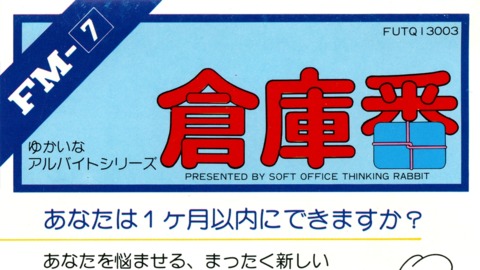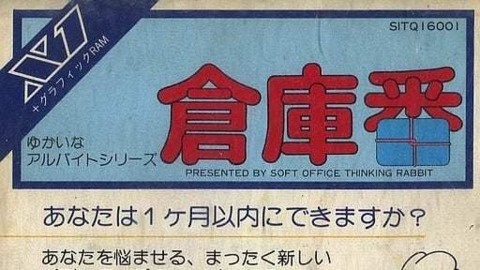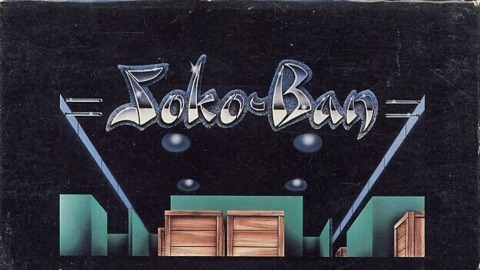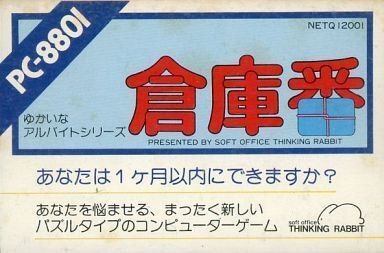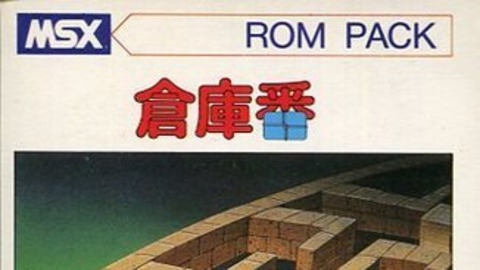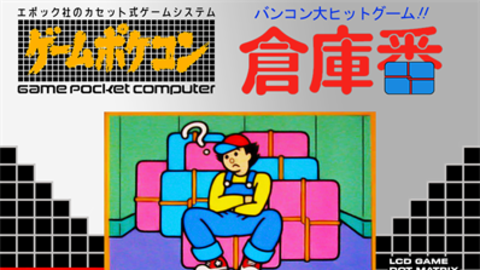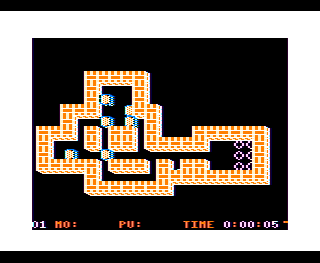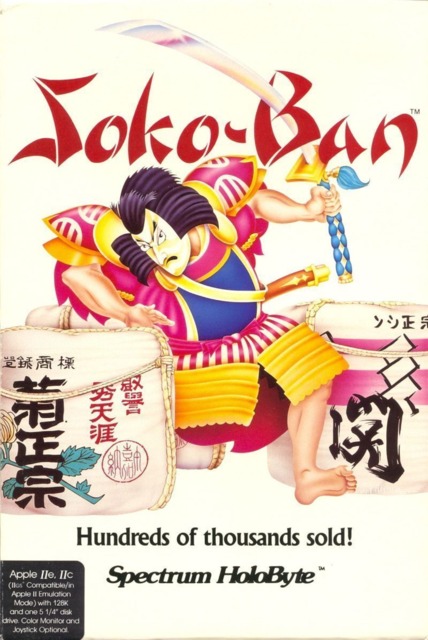Overview
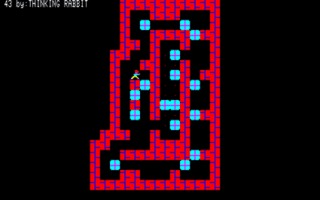
Sōkoban, loosely translated to Warehouse Keeper, is a top-down puzzle game developed and published by Thinking Rabbit for the NEC PC-88, FM-7, and Sharp X1 computers in Japan on December 1982.
In Sōkoban, players guide a part-time worker through warehouse mazes, pushing large crates to their intended destination spaces. Complicating matters is that the worker can only push one crate forward at a time and cannot pull crates back, with the player able to easily put themself in an unwinnable state (such as by pushing the crate to a corner), forcing them to restart the board (with a limited amount of restarts). The game includes 20 levels, with the latter half featuring walls that disappear once the worker touches them.
The game later received a sequel on February 1984, known as Sōkoban 2, which includes a new assortment of 50 levels. It also received official ports to numerous consoles and computers:
- It received a port by ASCII to MSX computers on May 1984. It features 60 levels, including the first half of the original Sōkoban and the complete Sōkoban 2, as well as a built-in level editor. An expansion pack was released in 1985, known as Sōkoban Toolkit, that adds 40 new levels and an assortment of new features (including replays and movement macros).
- It received a port to Epoch Game Pocket Computer on April 1985.
- It received a port by Sega to the Sega SG-1000 on December 1985. Only sold as a Sega My Card release and based on the MSX version, this port includes all 100 levels from the MSX version and the level editor (which can be used with the Data Recorder SR-1000 peripheral to save to, and load levels from, cassette tape).
- It received a port by Spectrum Holobyte (under license from ASCII) to the TRS-80 Color Computer, Apple II, Commodore 64, and MS-DOS PC computers in North America and Europe in 1987. This version includes 50 levels (with level editor), an updated scoring system, free access to all levels, and a competitive tournament mode (for up to four players).
It also received numerous sequels throughout the years, as well as multiple unofficial ports throughout the years, and is one of the most common homebrew projects due to its simplicity.

 Apple II
Apple II PC
PC